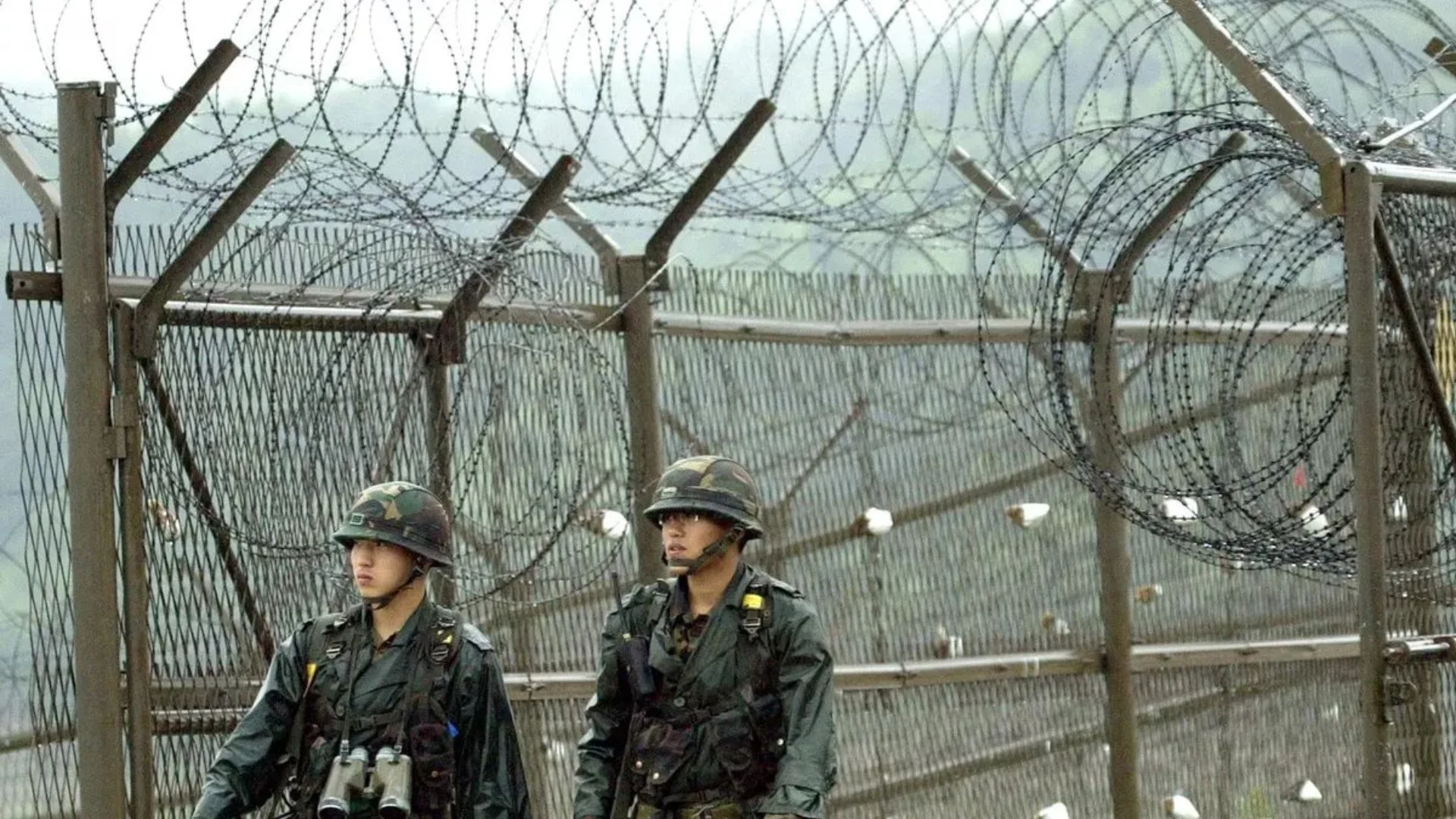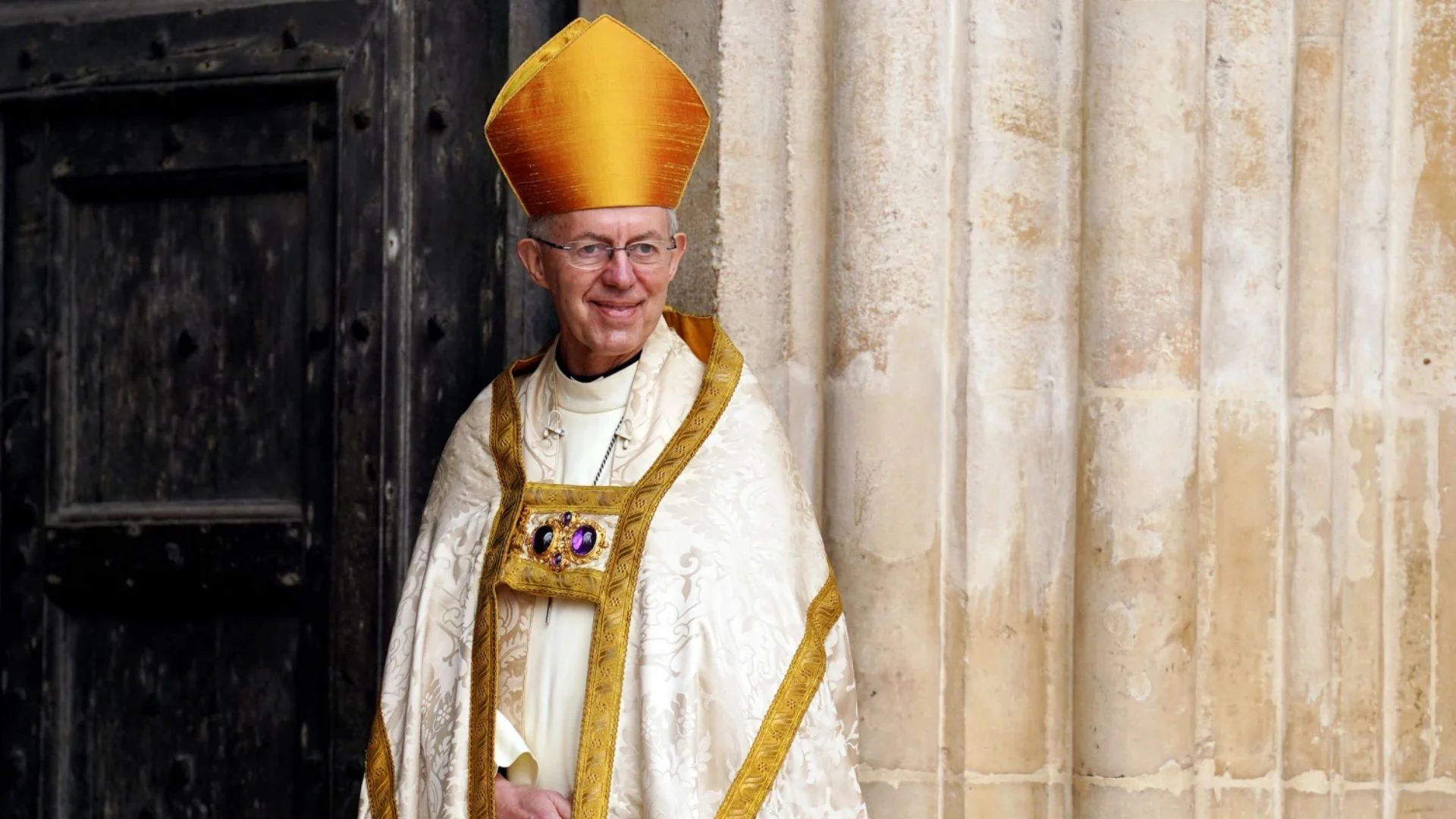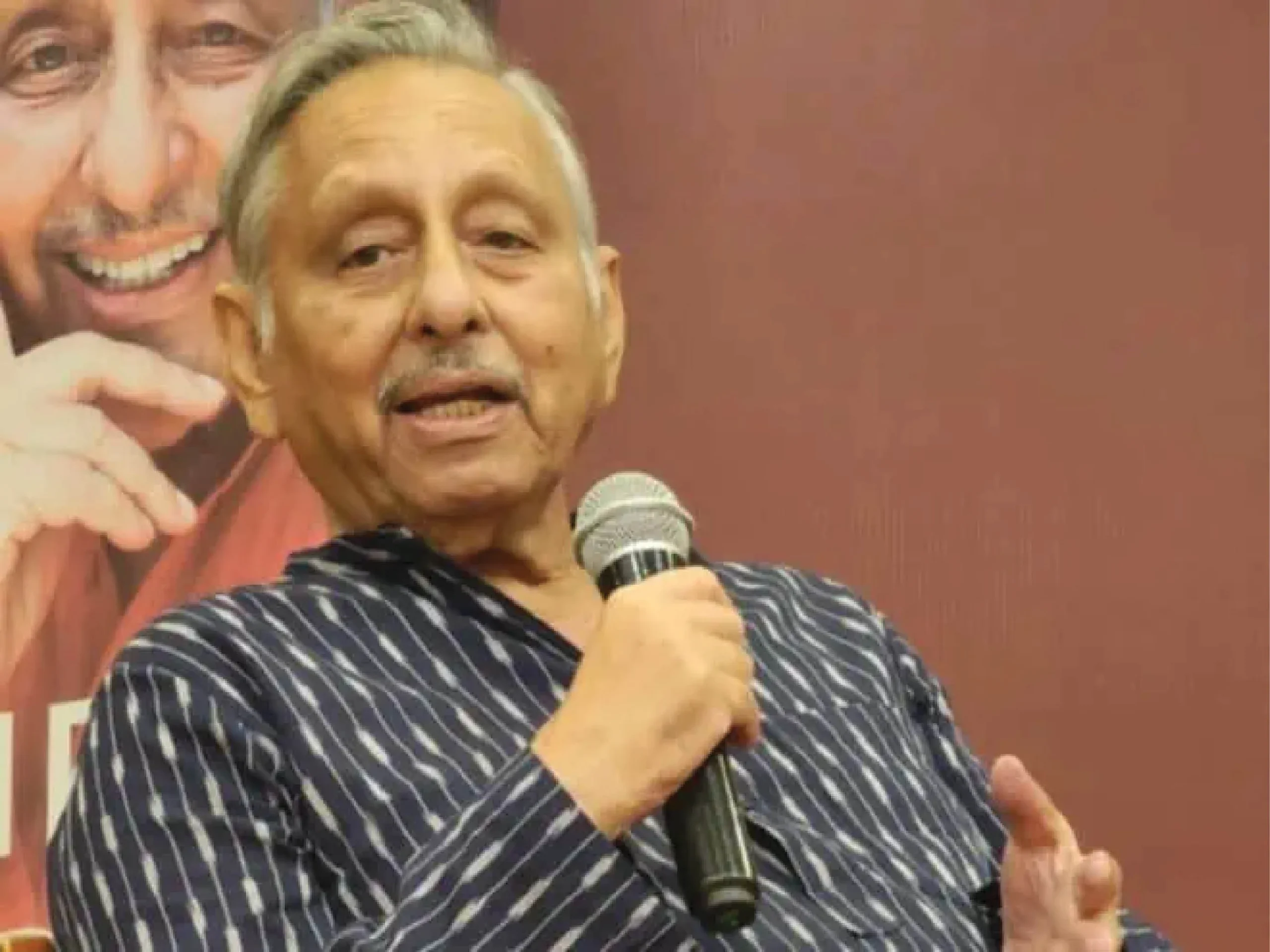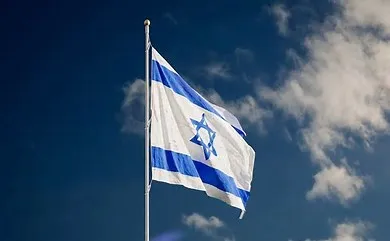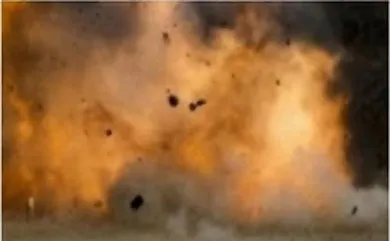Political Turmoil Sparks Martial Law Declaration
South Korea plunged into political chaos on Tuesday night when President Yoon Suk Yeol unexpectedly declared martial law. For six hours, the country experienced uncertainty as the military imposed restrictions on political activities and took control of the National Assembly building. However, the decision was quickly reversed as Yoon cited North Korean threats and accused opposition forces of destabilizing the state.
Mounting Tensions Leading to the Crisis
The martial law declaration came after weeks of escalating political tensions and public dissatisfaction with Yoon’s leadership. Opposition lawmakers and political parties reacted swiftly, with calls for the president’s resignation and potential impeachment. This crisis highlights the volatile political climate in South Korea, where tensions have been mounting for months.
Historical Roots of the Korean Divide
The political crisis is not just a recent development but is tied to the deep historical division of the Korean Peninsula. In 1945, at the end of World War II, Korea was split into two zones of occupation one controlled by the Soviet Union and the other by the United States. This division, made without consulting the Korean people, laid the foundation for over 70 years of conflict and division.
The Korean War and Its Aftermath
The ideological divide turned into armed conflict in 1950, when North Korea, supported by the Soviet Union and China, invaded South Korea. US and its allies intervened, and after three years of brutal fighting, an armistice was signed in 1953. The Korean War ended without a peace treaty, and the two countries were left divided by the Demilitarized Zone (DMZ), a heavily fortified border.
North vs. South: The Ongoing Divide
Since the Korean War, the two Koreas have followed drastically different paths. North Korea remains a communist regime under the Kim dynasty, prioritizing military power and nuclear weapons. Meanwhile, South Korea has developed into a democratic, economically advanced nation with strong ties to the West. Efforts to reunify have been largely unsuccessful, with mutual mistrust and ideological differences continuing to prevent meaningful progress.
Implications of the Current Crisis
The martial law incident is a reminder of how deep the divisions between North and South Korea run. It also underscores the political instability in the South, which is being amplified by growing discontent with President Yoon’s leadership. As the country grapples with its internal struggles, the geopolitical tensions on the Korean Peninsula remain unresolved, leaving the future uncertain.

